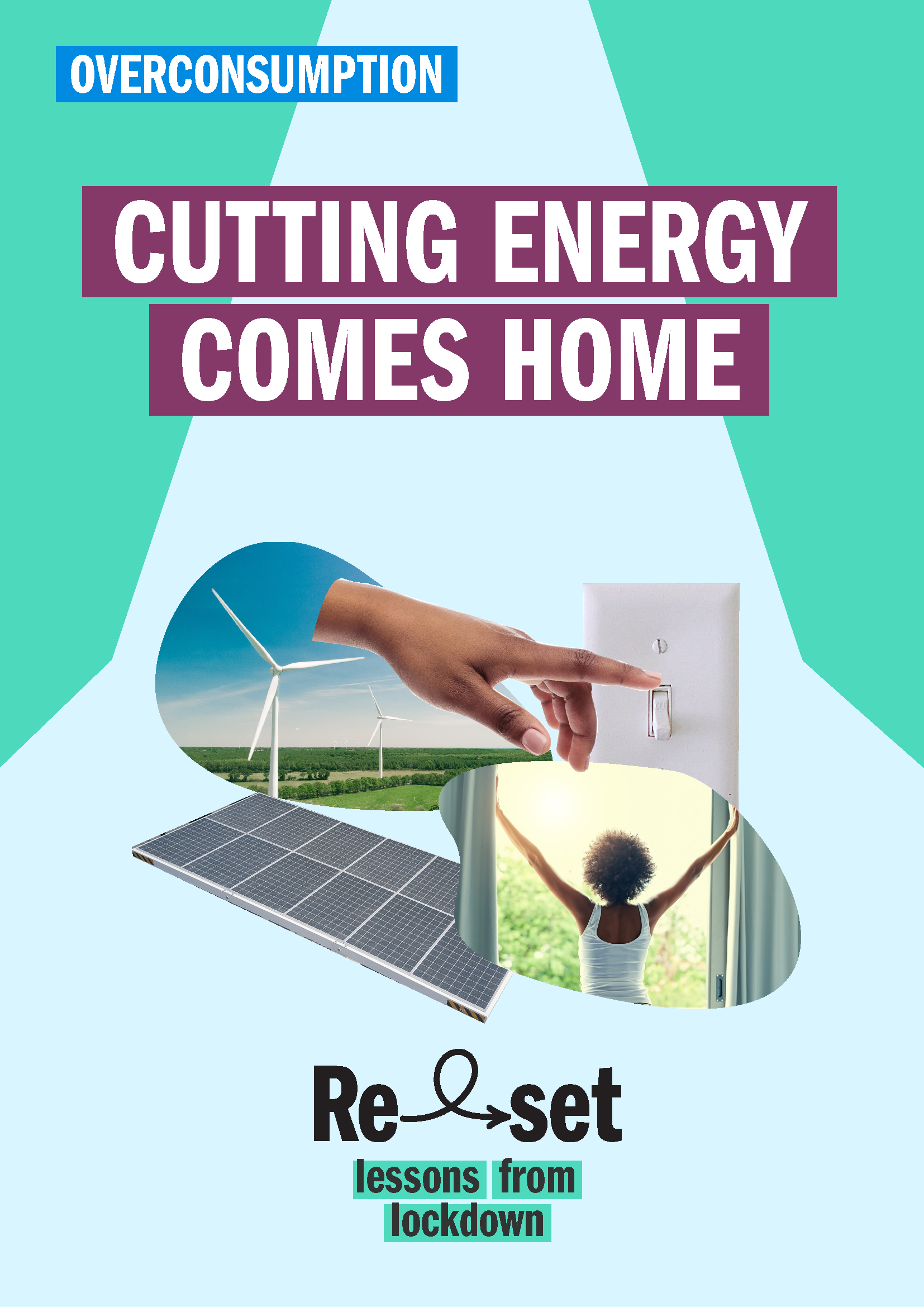A UK poll found that 73% of people asked had made changes at home in an attempt to reduce bills, including only filling the kettle with the amount needed (50%), improving their home’s insulation (37%) and turning the TV off at the plug when not in use (34%). One energy supplier to Southern California advocated using nature to your advantage, opening curtains and blinds to let in sunlight or a window to allow warmer air to enter the house when it’s sunny and pulling down shades or opening a window to let in cool air instead of relying on an air conditioner.
“Insulation and retrofitting can help, but wouldn’t it be better for everyone to have renewable energy? POWER grew out of pandemic mutual aid networks, and is all about community owned energy and energy infrastructure – literally taking and making power for ourselves.”
– Dan Edelstyn, Power Project
Going forward, the pandemic has brought back into the public eye a whole slew of practices that could contribute toward a low carbon and more sustainable future. Nowhere are these perhaps more important than in the hard-to-change areas of energy for housing and transport.

This story is part of the Reset series – a collection of short downloadable stories that look in more detail at over consumption and unnecessary travel. They consider some of the key messages and solutions that have become apparent during the pandemic that could help us make the rapid transition to a more sustainable future.
This guide has been made possible by the support of ClimateWorks Foundation.
 The concept of trying to reduce our energy footprint took root strongly during the pandemic as people stranded at home saw their energy use and bills soar – and started to think about taking action to reduce them. Reducing energy use, both at the individual and societal levels is of paramount importance in our struggle to keep global warming within the degrees limit of the Paris Agreement.
The concept of trying to reduce our energy footprint took root strongly during the pandemic as people stranded at home saw their energy use and bills soar – and started to think about taking action to reduce them. Reducing energy use, both at the individual and societal levels is of paramount importance in our struggle to keep global warming within the degrees limit of the Paris Agreement.